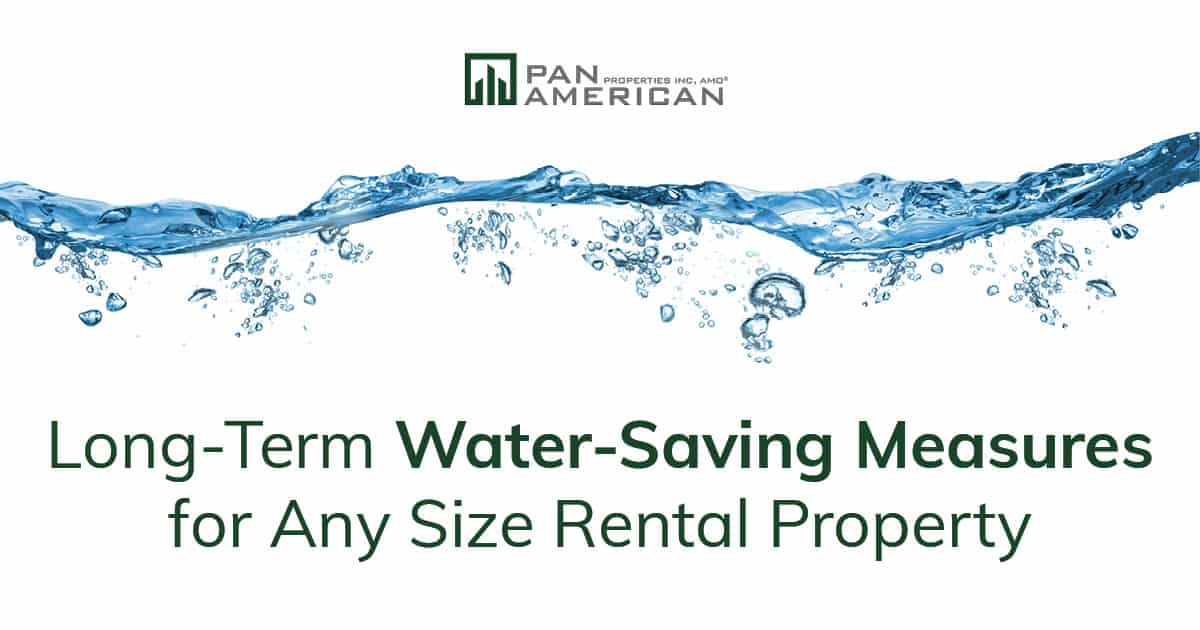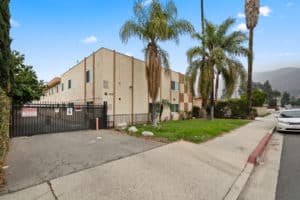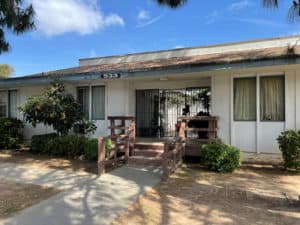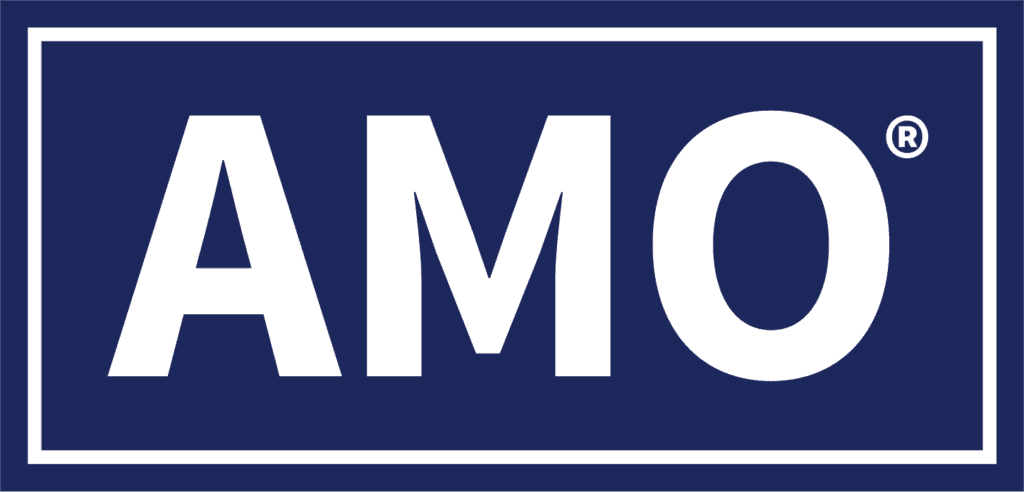Saving water is a smart strategy even when drought measures aren’t in place. But if you own or manage an apartment building in California, where the years-long drought continues, you must do your part to help conserve water. Below we’ve outlined the pros and cons of eight, long-term water-saving measures for any size rental property to help keep you on track.
1. Install Low-Flow Fixtures
- Pro: Low-flow fixtures in your apartment building will help conserve water over time. These fixtures assist all toilets, sinks, and shower heads, and are designed to automatically reduce the amount of water being used. Plus, they are not much more expensive than regular fixtures.
- Con: Your tenants may complain about the diminished water output.
2. Limit Lawn Watering by Using Native Plants
- Pro: Choosing to plant flowers and grasses that are native to your local area, will save water and money over time. These plants don’t need as much water as other plants to thrive. Plus, they are less expensive than other plants shipped in from further away, which saves money.
- Con: Your choice of landscaping foliage is limited by what is native to your area.
3. Swap Natural Lawn for Artificial Turf
- Pro: In Southern California, many athletic fields have begun converting their natural lawns to artificial turf because it significantly reduces water consumption. Many cities are replacing everything from islands and lawns to medians with mulch or more drought-tolerant landscaping that needs very little water.
- Con: Artificial turf’s surface is rougher than grass.
4. Eliminate All Water Features
- Pro: Water fixtures like fountains and pools, while enjoyable for tenants and guests, use a lot of water. You can decrease your water consumption by eliminating these features – or by simply never installing them to begin with.
- Con: Not having a pool may be a turnoff to your tenants – current or potential. Amenities like pools, fountains, or water fixtures may draw more tenants as these are seen as added value.
5. Recycle Rainwater and Gray Water
- Pro: By utilizing barrels and other devices you can collect rainwater or gray water – the-drinkable water from bathtubs, washing machines and sinks – to keep your lawn and landscaping hydrated. This process costs you nothing and is safe.
- Con: Collecting enough water can be time-consuming.
6. Smart Irrigation Controller Installation
- Pro: Installing smart irrigation controllers is another way to reduce your water consumption. These satellite-driven devices monitor watering schedules and run times automatically, that way meeting the specific needs of your lawns and landscaping. They have proven to be a valuable technology that helps to improve your outdoor water use more efficiently.
- Con: None
7. Repair Leaks and Problem Fixtures
- Pro: It should come as no surprise that simple maintenance can save you much water in the long term. A single leak of just one drop of water every second can waste nearly 300 gallons of water a year. Repairing running toilets will save you just as much if not more water over time.
- Con: Repairs may inconvenience tenants.
8. Inform Your Tenants of the Need to Conserve Water
- Pro: Involving your tenants in your water-saving crusade will ultimately help you save both time and water. Try distributing informational pamphlets about ways each tenant can do their part to make a difference.
- Con: Some tenants may not like this approach.
Pan American Can Help You Save Water
Looking to save water in your rental property but unsure where to start? Let Pan American be your guide. From advisors to contractors, our staff can create a long-term strategy for you and do the work. To find out more, call today at (888) 754-9700 or [email protected] to learn more.






